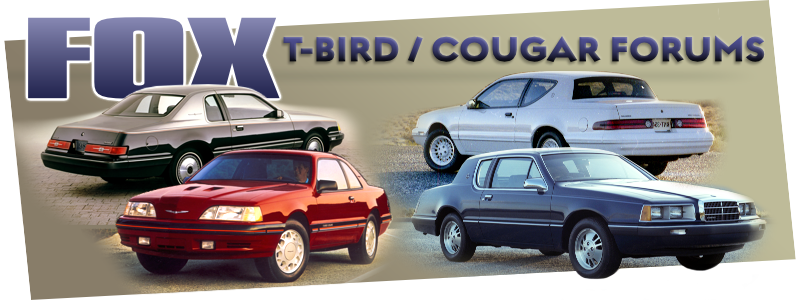What was wrong with this cylinder? (pics)

Reply #18 –
The CR is not the factor on weather you can use lower octane.(TO A POINT)My car has a true CR of 9.2 and i run high test and 23-24 lbs of boost. Reason being the cam decides the sweep compression pressures. Basically the easiest way to explain this is simple. If you have an engine with a true 10-1 CR and the valves never close you sweep compression pressure is ZERO!! basically you select the CR by the cam and induction system you design. You dont choose a CR then select a cam or induction system. Thanks!!
Example an engine with 10-1 CR at sea level should get 147 LBS of cranking pressure. But depending on the cam this might not be true and people dont factor in the cam profile. Using compression numbers does not factor out to CR. CR is a mechanical figure and a set number. Sweep compression pressures are totally different. Just saying.
 Topic: What was wrong with this cylinder? (pics) (Read 9134 times)
previous topic - next topic
Topic: What was wrong with this cylinder? (pics) (Read 9134 times)
previous topic - next topic
